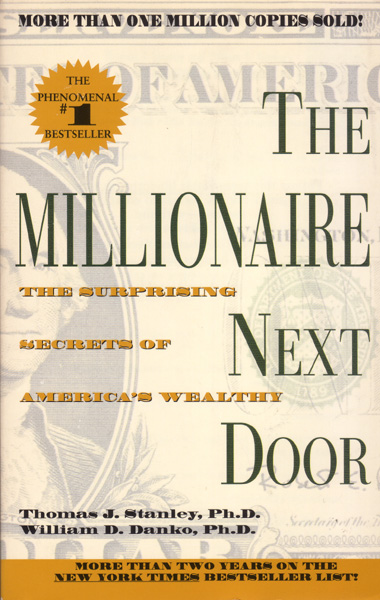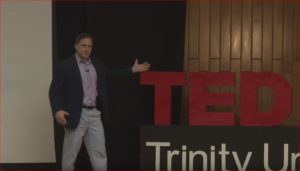
Let me dispense with the major flaw in the book first.
The authors conducted a study in the 1990s of close to 350 millionaires, with an average net worth of $3.7 million, surveying them on their behaviors, spending patterns, lifestyle choices, and attitudes. From that review Stanley and Danko describe a composite “average millionaire” and explain the lifestyle factors correlated with US millionaires.
The real point of the book, the only reason to purchase it, is to learn how we, the readers, can replicate their success.
Yet the caustic financial critic Nassim Nicholas Taleb blasted their book in his own Fooled by Randomness for a statistical flaw. As Taleb points out, simply interviewing 350 millionaire ‘winners’ does not take into account the possibly thousands or millions of people who might have behaved in ways similar to the 350 but who did not end up millionaires. The study underlying The Millionaire Next Door suffers from “survivorship bias.”
This same “survivorship bias” leads to our thinking that all hedge fund managers in 2013 are rich – and have good investment track records – because we only look at surviving hedge fund managers, not the tens of thousands who have disappeared from the investment scene or gone out of business.2
Having pointed out the logical scientific flaw in their method, however, I would argue that Stanley and Danko are still worth reading. Even if their research does not rise to the level of a randomized placebo-controlled double-blind study that you’d require for true science, their correlations seem useful and right.
So what do Stanley and Danko say about millionaires?
They live below their means.
They allocate their time, energy and money efficiently, in ways conducive to building wealth.
They believe that financial independence is more important than displaying high social status
Their parents did not provide economic outpatient care
Their adult children are economically self-sufficient
They are proficient in targeting market opportunities
They chose the right occupation.
An enduring image from the book, introduced in Chapter 1, is the ‘big hat, no cattle’ phrase referring to people who appear wealthy, but really have little actual wealth. They spend money on showy things but finance their purchases with debt. (Now that I live in Texas, I enjoy hat and cattle references more.)
They state this point, re-state it, and then argue it some more, that the appearance of wealth – a fancy car, expensive trips, a three-story house in the right zip code – are not wealth itself but in fact – in many ways – the opposite of wealth. To the extent these raise the cost of people’s lifestyle, wealth is harder to achieve for those with expensive needs rather than ordinary needs.
One of the great things about Stanley and Danko’s “steps to being the millionaire next door” – in fact the key attraction of their best-seller – is the applicability to everyone’s life. “Live within your means,” as a step 1, works for anyone, with either $999,000 saved – or just starting out.
Please see related post The Millionaire Mind, by Thomas Stanley
Please see related post: All Bankers Anonymous Book Reviews in one place.
Post read (12208) times.
- And leaves me feeling uncool and easily teased. It’s kind of like admitting that Huey Lewis and the News was my favorite band in 1986. It just doesn’t make me look good. Forget I even said it, ok? But Sports – in its 30th Anniversary Year! – is a really good album. ↩
- What? Are you talking to me? Are you TALKIN’ to me? ↩






One Reply to “Book Review: The Millionaire Next Door – The Surprising Secrets of America’s Wealthy”
The Millionaire Next Door changed my spending habits because I now understand that financial independence > social status/material possessions.